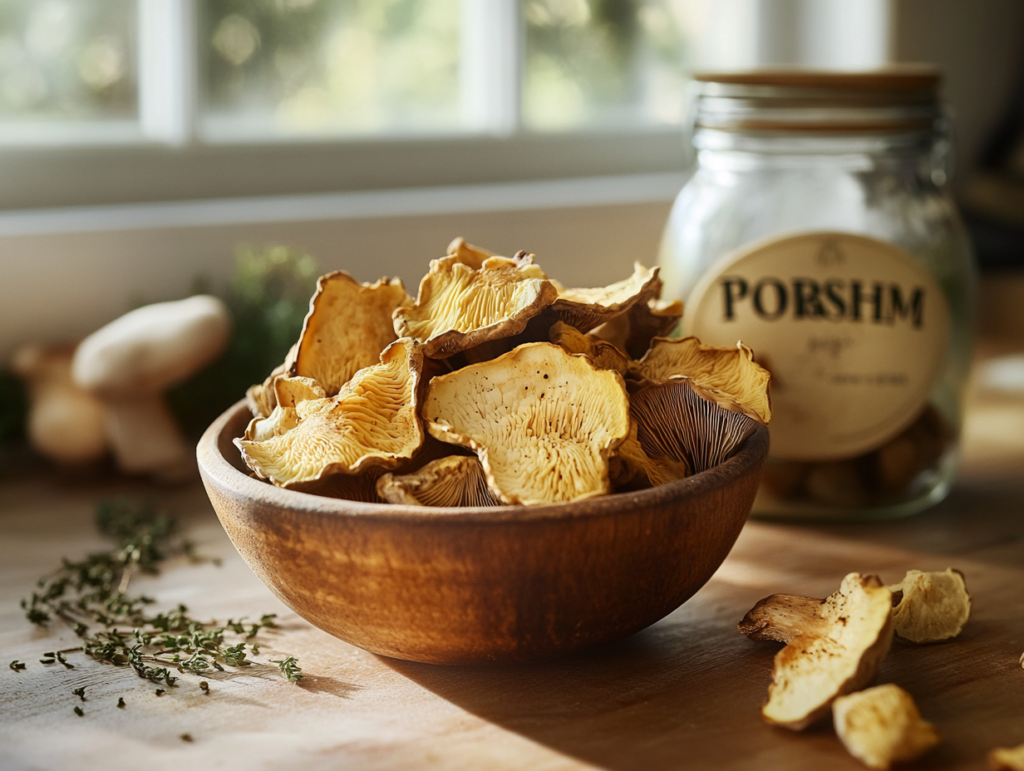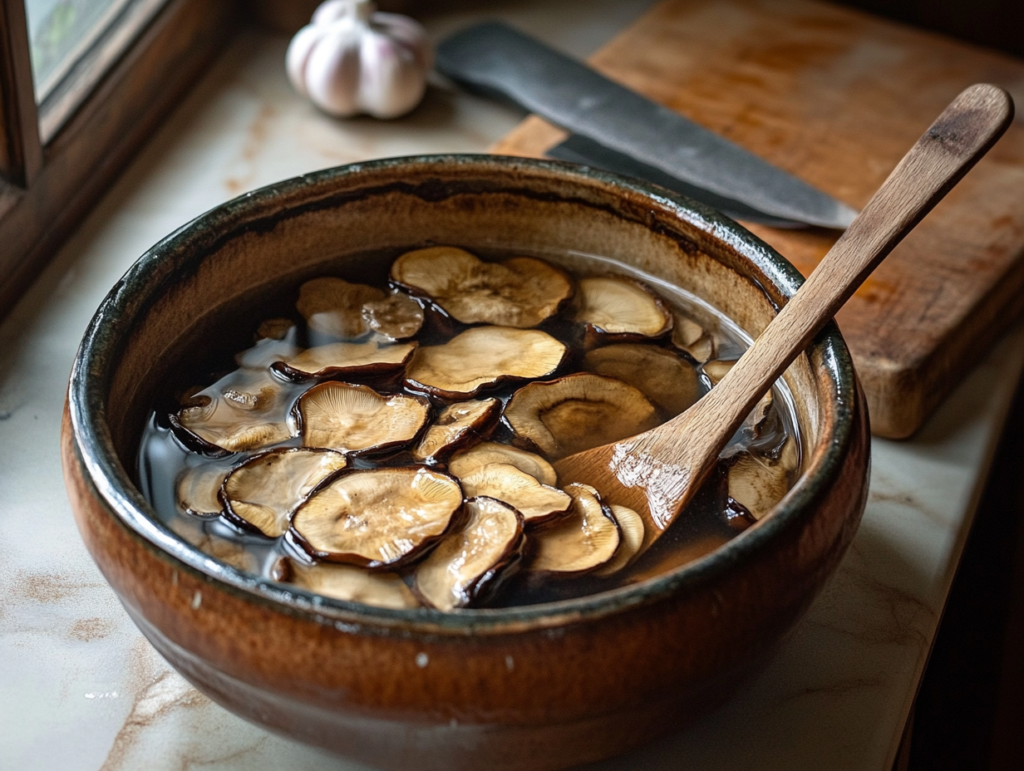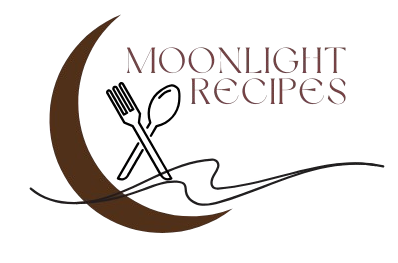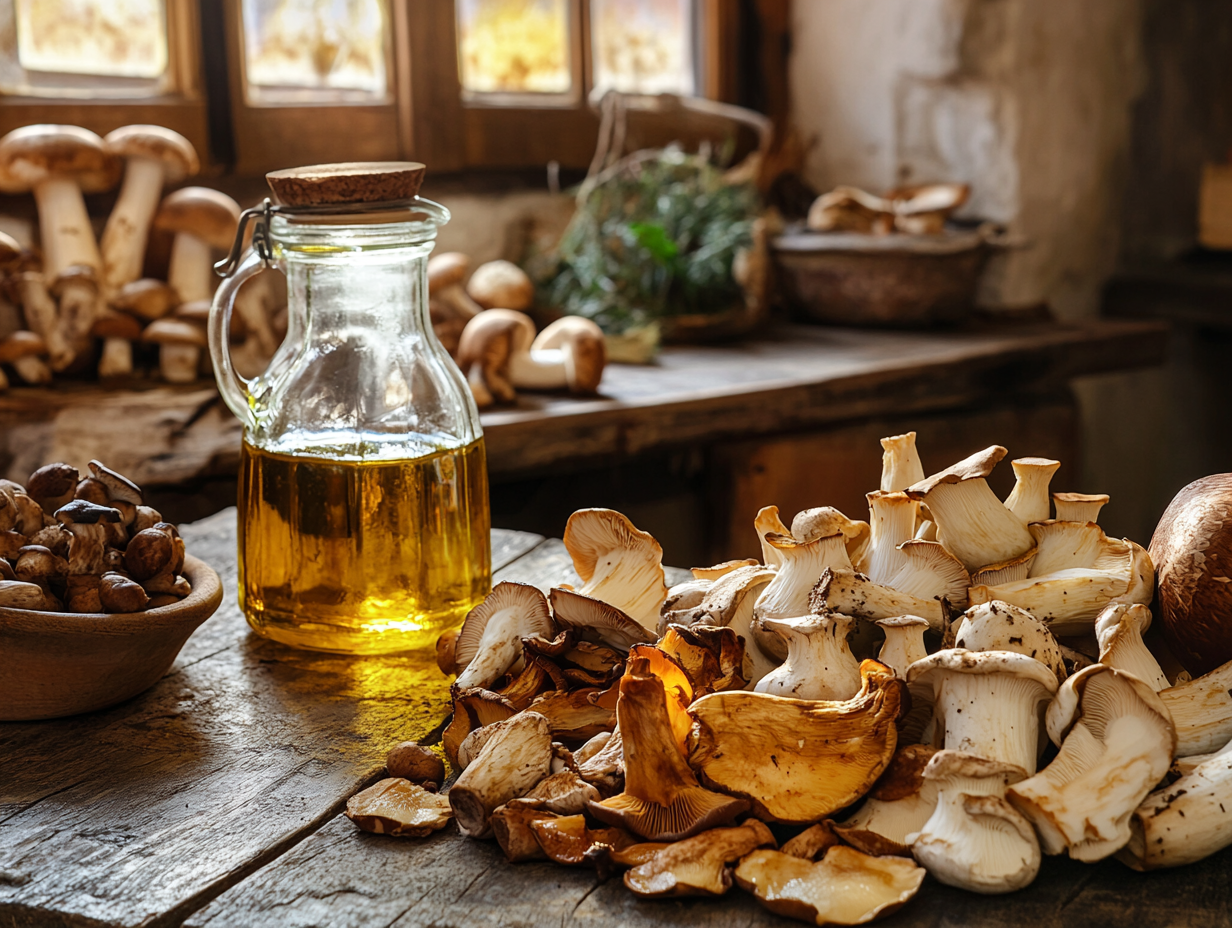Which Italian Mushroom is Often Used Dry? Discover Porcini!
Dried mushrooms play a long-standing role in Italian culinary traditions, adding depth, flavor, and aroma to a variety of dishes. Among the many mushrooms used in Italian cuisine, porcini mushrooms hold a special place. Their rich, nutty flavor and versatility make them a favorite, and drying preserves their taste while ensuring they remain accessible year-round. In this article, we’ll explore which Italian mushroom is often used dry, why people love it, and how it enriches both traditional and modern cooking.
Part 1: Understanding How the Italian Mushroom is Often Used Dry

What Makes Dried Porcini Mushrooms Essential in Italian Cuisine?
Drying mushrooms, especially dry Italian mushrooms, not only extends their shelf life but also intensifies their flavor. The dehydration process concentrates the natural umami, a savory taste that elevates soups, sauces, and risottos. In Italy, the Italian mushroom is often used dry to transform simple dishes into gourmet meals with its rich and robust flavor.
Why Dried Porcini Mushrooms Are a Kitchen Staple in Italy
Among the varieties of Italian mushrooms, dried porcini stands out as the most frequently used. Its reputation stems from its versatility and the distinct aroma it imparts to recipes. Whether it’s a weekday pasta dish or a festive risotto, dried porcini mushrooms are the go-to choice for home cooks and chefs alike.
The Cultural Connection
In Italy, tradition deeply intertwines with food, and mushrooms exemplify this bond. Families actively forage, dry, and preserve porcini mushrooms, passing down this practice through generations. This cultural connection keeps porcini mushrooms prominent in Italian kitchens.
Health Benefits of Using Dried Mushrooms
Dried mushrooms, especially porcini, pack a wealth of nutrients. They provide fiber, antioxidants, and essential minerals like potassium. Adding them to your diet enhances overall health and enriches meals with a rich flavor profile.
How Dried Mushrooms Shape Italian Gastronomy
Italy’s culinary identity owes much to the careful use of regional ingredients. Dried mushrooms are a prime example of how Italians make the most of their natural resources, creating dishes that are not only delicious but also reflective of their environment and history.
Want to learn more about the various ways porcini mushrooms can elevate your meals? Check out this guide to porcini mushroom recipes!
Next: Part 2 will explore the specifics of porcini mushrooms—what they are, their history, and their varieties.
Part 2: Porcini Mushrooms: The Dry Italian Mushroom Loved by Italy

What Are Porcini Mushrooms and Why Are They Often Dried?
Porcini mushrooms, scientifically known as Boletus edulis, are a prized delicacy in Italian cuisine. Often referred to as the “king of mushrooms,” they are renowned for their earthy, nutty flavor and tender texture. Fresh porcini are sought after during their growing season, but their dried form is what makes them a staple in pantries worldwide. When rehydrated, they regain much of their original taste and texture, making them an incredibly versatile ingredient for soups, sauces, and risottos.
The Longstanding Role of Porcini in Italian Culture and Cuisine
The tradition of using porcini mushrooms dates back centuries in Italy. Known for their robust taste, they became a favorite in Italian kitchens due to their availability in forests and ease of drying for long-term storage. Foraging porcini has been a cherished activity, especially in rural Italy, where families pass down their knowledge of mushroom hunting through generations.
During medieval times, porcini mushrooms were a popular ingredient in dishes for the nobility, signifying luxury and richness. Even today, they symbolize authenticity in Italian cuisine. Their consistent appearance in Italian dishes is a testament to their enduring legacy, bridging rustic cooking with modern gastronomy.
Porcini Varieties and Their Characteristics
Porcini mushrooms come in several varieties, each with unique qualities:
- Boletus Edulis: The most common and highly sought-after, characterized by its large cap and thick stem.
- Boletus Aereus: Known as the “bronze bolete,” it has a darker cap and a slightly firmer texture.
- Boletus Pinophilus: Found in pine forests, it has a reddish-brown cap and a sweeter flavor.
- Boletus Reticulatus: Also called the “summer bolete,” it has a lighter cap and a delicate aroma.
These varieties thrive in different habitats, from oak and beech forests to higher-altitude conifer woods. Despite their differences, they all share the rich umami taste that makes them a culinary treasure.
Part 3: How the Italian Mushroom is Often Used Dry: Harvesting and Preservation
How Italians Harvest Porcini Mushrooms Sustainably
Porcini mushrooms are typically harvested during late spring through autumn, depending on the region and climate. Ideal conditions include a mix of warm days and cool nights, with adequate rainfall to encourage growth.
Harvesting porcini is a meticulous process. Foragers carefully identify the mushrooms to ensure they pick only the edible species, leaving behind younger fungi to grow. Using a knife to cut them at the base prevents damage to the mycelium, allowing future growth. This sustainable approach ensures that porcini populations remain abundant year after year.
Traditional and Modern Techniques for Drying Porcini Mushrooms
Drying porcini mushrooms is a time-honored tradition in Italy. In the past, foragers would string freshly harvested mushrooms and hang them in the sun to dry naturally. This method not only preserved the mushrooms but also concentrated their flavor, making them even more robust.
Another traditional technique involved spreading sliced mushrooms on racks and placing them in well-ventilated rooms. The drying process could take several days, depending on humidity levels. These age-old methods are still employed today in rural areas, where tradition and authenticity are cherished.
Modern Preservation Methods
While traditional methods persist, modern technology has introduced efficient ways to dry and store porcini mushrooms. Industrial drying ovens, for instance, allow for quick and even dehydration while preserving the mushroom’s flavor and nutrients. Vacuum-sealed packaging is also commonly used, ensuring freshness and extending shelf life.
Freeze-drying is another advanced technique that locks in the mushrooms’ texture and taste. This process creates a premium product often sought by gourmet chefs. By combining tradition with innovation, producers cater to both local markets and international demand, ensuring that porcini mushrooms remain a beloved ingredient worldwide.
Curious about the intricate drying process? Learn more about traditional drying techniques for mushrooms here!
Next: Part 4 will focus on the culinary applications of dried porcini mushrooms, including how to rehydrate them and their versatility in Italian dishes.
Part 4: How to Use Dry Italian Mushrooms in Recipes
The Best Way to Rehydrate Porcini Mushrooms for Cooking
Rehydrating dried porcini mushrooms is an essential first step to fully unlock their rich flavor and smooth texture. To begin, soak the mushrooms in warm water for 20–30 minutes, allowing them to soften and release their essence. Additionally, this soaking process creates a richly flavored liquid, often referred to as mushroom broth, which is perfect for cooking. Once the mushrooms have softened, rinse them thoroughly to remove any remaining grit or debris.
The mushroom broth, a prized secret ingredient in Italian cuisine, significantly enhances the depth of flavor in dishes like risottos, soups, and sauces. Furthermore, adding this liquid to your recipes imparts a unique umami quality that elevates every bite. Patience is key when rehydrating porcini mushrooms; taking the time to complete this simple yet vital step ensures an unforgettable culinary experience. So, don’t rush—embrace the process to enjoy the best that porcini mushrooms have to offer.
How the Italian Mushroom Often Used Dry Elevates Dishes
Dried porcini mushrooms are a versatile ingredient that can elevate both simple and complex dishes. Here’s how they shine in Italian cuisine:
- Pasta Dishes: Add rehydrated porcini to creamy pasta sauces or tomato-based ragù for an earthy twist.
- Risotto: Porcini mushrooms are a natural fit for risotto, infusing the dish with a deep, umami flavor.
- Pizza Toppings: For a gourmet touch, rehydrated porcini can be used as a topping alongside fresh herbs and cheese.
- Stuffings: Combine porcini with breadcrumbs, herbs, and garlic to create a savory filling for ravioli or stuffed vegetables.
Additionally, porcini are often ground into a powder and used as a seasoning. This adds a concentrated mushroom flavor to rubs, marinades, and spice blends, transforming ordinary meals into extraordinary creations.
Porcini Mushroom Risotto: A Classic Recipe
One of the most iconic Italian dishes featuring dried porcini is risotto. This creamy rice dish embodies the essence of Italian comfort food. Here’s a step-by-step guide:
Ingredients:
- 1 cup Arborio rice
- 1 cup rehydrated porcini mushrooms
- 4 cups vegetable broth (including the mushroom soaking liquid)
- 1 onion, finely chopped
- 2 cloves garlic, minced
- 2 tablespoons olive oil
- 1 tablespoon butter
- Salt and pepper to taste
Instructions:
- Heat olive oil in a pan and sauté the onion and garlic until translucent.
- Add the Arborio rice and toast it for a minute.
- Gradually ladle in the warm broth, stirring continuously, allowing the rice to absorb the liquid before adding more.
- Stir in the rehydrated porcini mushrooms halfway through cooking.
- Once the rice is creamy and tender, add butter and season with salt and pepper. Serve hot.
This dish is a perfect representation of how dried porcini mushrooms can transform a simple meal into an elegant delicacy.
Enhancing Soups and Sauces with Porcini
Dried porcini mushrooms are a game-changer for soups and sauces, offering a depth of flavor unmatched by other ingredients. For soups, porcini can be blended into creamy mushroom soups or added to minestrone for a robust flavor.
In sauces, rehydrated porcini can complement tomato-based recipes like marinara or enrich creamy Alfredo sauces. Their concentrated flavor infuses the sauce with a subtle earthiness, making every bite unforgettable.
Pro tip: Add a splash of the porcini soaking liquid to soups or sauces for an extra layer of umami. This simple addition makes a noticeable difference in flavor complexity.
Part 5: The Cultural and Economic Importance of Dried Porcini
How Dried Porcini Mushrooms Connect Italy’s Past and Present
Porcini mushrooms delight the palate and promote health and well-being with their nutrient-packed profile. They deliver dietary fiber, which aids digestion and supports gut health. Packed with antioxidants, porcini mushrooms combat free radicals and reduce inflammation.
Additionally, porcini mushrooms are low in calories and fat while providing essential vitamins and minerals such as:
- Vitamin B complex: Supports energy production and brain function.
- Potassium: Regulates blood pressure and heart health.
- Iron: Essential for oxygen transport and preventing anemia.
Incorporating porcini into your diet is a delicious way to boost your nutritional intake while savoring Italian flavors.
Economic Impact of Dry Italian Mushrooms in Italy
Porcini mushrooms play a significant role in Italy’s economy, especially in rural areas where foraging and selling mushrooms is a traditional livelihood. As a prime example of how the Italian mushroom is often used dry, porcini mushrooms are a valuable commodity in local markets, often fetching premium prices due to their popularity and seasonal availability.
Dried porcini, in particular, are a major export product. Their long shelf life and versatility make them highly sought after by international markets. This demand highlights why the Italian mushroom is often used dry and underscores its importance not just as a culinary staple but also as a cultural and economic asset for Italy.
Next: Part 6 will delve into the frequently asked questions about dried porcini mushrooms, addressing common queries and offering useful tips for their use.
Part 6: Frequently Asked Questions About Dried Porcini Mushrooms
FAQ’S
Q1: What are dried porcini mushrooms used for?
Dried porcini mushrooms are incredibly versatile, commonly used in risottos, pasta dishes, soups, sauces, and stews. Their intense umami flavor enhances the taste of almost any savory dish. They can also be ground into a powder and used as a seasoning in rubs, marinades, and soups for a rich, earthy flavor.
Q2: How do I store dried porcini mushrooms?
Store dried porcini mushrooms in an airtight container in a cool, dry place away from sunlight. This prevents moisture and preserves their flavor. If stored properly, dried porcini can last for up to a year or more. For extended freshness, you can also freeze them in a sealed bag.
Q3: Can I use the soaking liquid from dried porcini?
Absolutely! Packed with flavor, the soaking liquid, or mushroom broth, adds incredible depth to dishes and deserves to be used. Strain it through a fine sieve or cheesecloth to remove grit, and incorporate it as a base for soups, sauces, or risottos to elevate your recipes.
Q4: How can I tell if dried porcini mushrooms have gone bad?
Dried porcini mushrooms that have turned bad may develop an off smell, appear discolored, or feel excessively brittle. Always check for signs of mold or insect contamination. When in doubt, it’s better to discard them.
Q5: Can I use dried porcini mushrooms directly without soaking?
While soaking is the recommended method to fully rehydrate and clean the mushrooms, you can finely grind dried porcini into a powder and use it directly as a seasoning. However, soaking is essential for most recipes to ensure the mushrooms regain their texture and release their full flavor.
Q6: Are dried porcini mushrooms expensive?
People consider dried porcini mushrooms a gourmet ingredient and often price them accordingly. Their cost reflects the time-intensive foraging process, seasonal availability, and exceptional flavor. However, their concentrated taste requires only a small amount to enhance dishes, making them a worthwhile investment.
Part 7: Why the Italian Mushroom is Often Used Dry
Porcini mushrooms, especially in their dried form, are central to Italian cooking. Their rich umami flavor and remarkable versatility make dried porcini mushrooms a cornerstone of countless dishes, ranging from comforting risottos to sophisticated sauces. Additionally, they hold profound cultural significance in Italy beyond their culinary importance. For generations, families have cherished the tradition of foraging and drying porcini mushrooms, a prime example of how the Italian mushroom is often used dry, ensuring this time-honored practice remains an integral part of their heritage. Consequently, porcini mushrooms symbolize both culinary excellence and a deep connection to Italy’s traditions.
This timeless ingredient connects Italy’s culinary past with its present, ensuring that future generations continue to enjoy its unparalleled flavor and nutrition. Whether you’re recreating a classic Italian recipe or diving into modern culinary trends, dried porcini mushrooms undeniably bring an authentic taste of Italy’s rich gastronomic heritage. Moreover, they seamlessly bridge traditional cooking with contemporary flavors, showcasing why the Italian mushroom is often used dry. Therefore, incorporating them into your meals allows you to savor the timeless essence of Italian cuisine while experimenting with innovative techniques.

